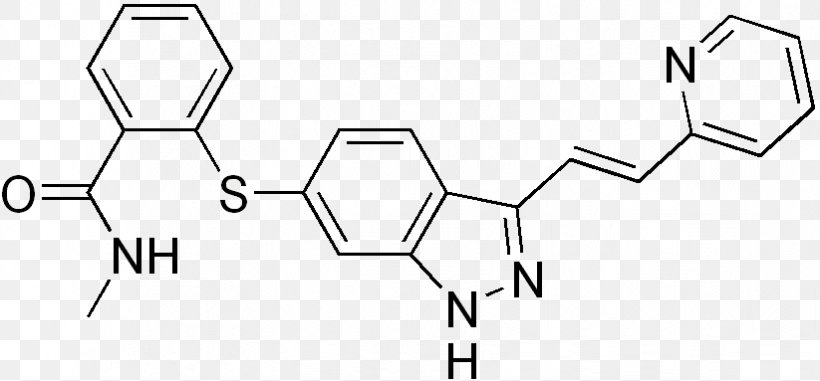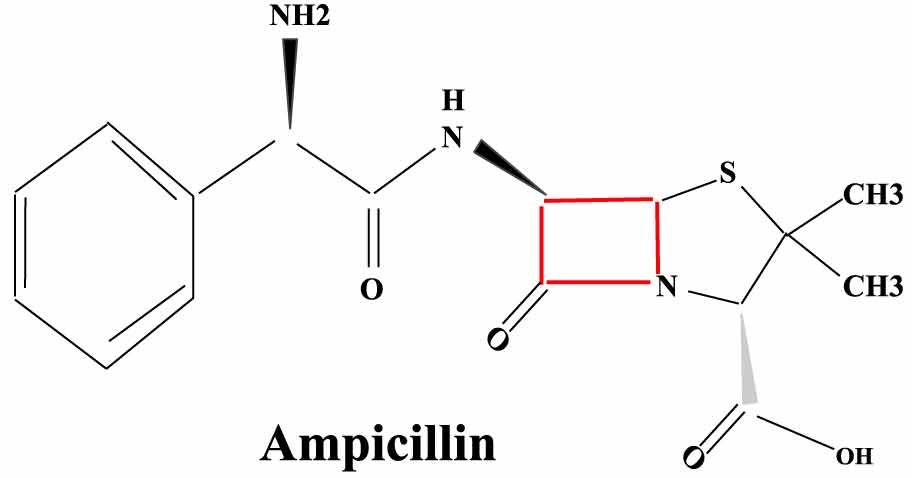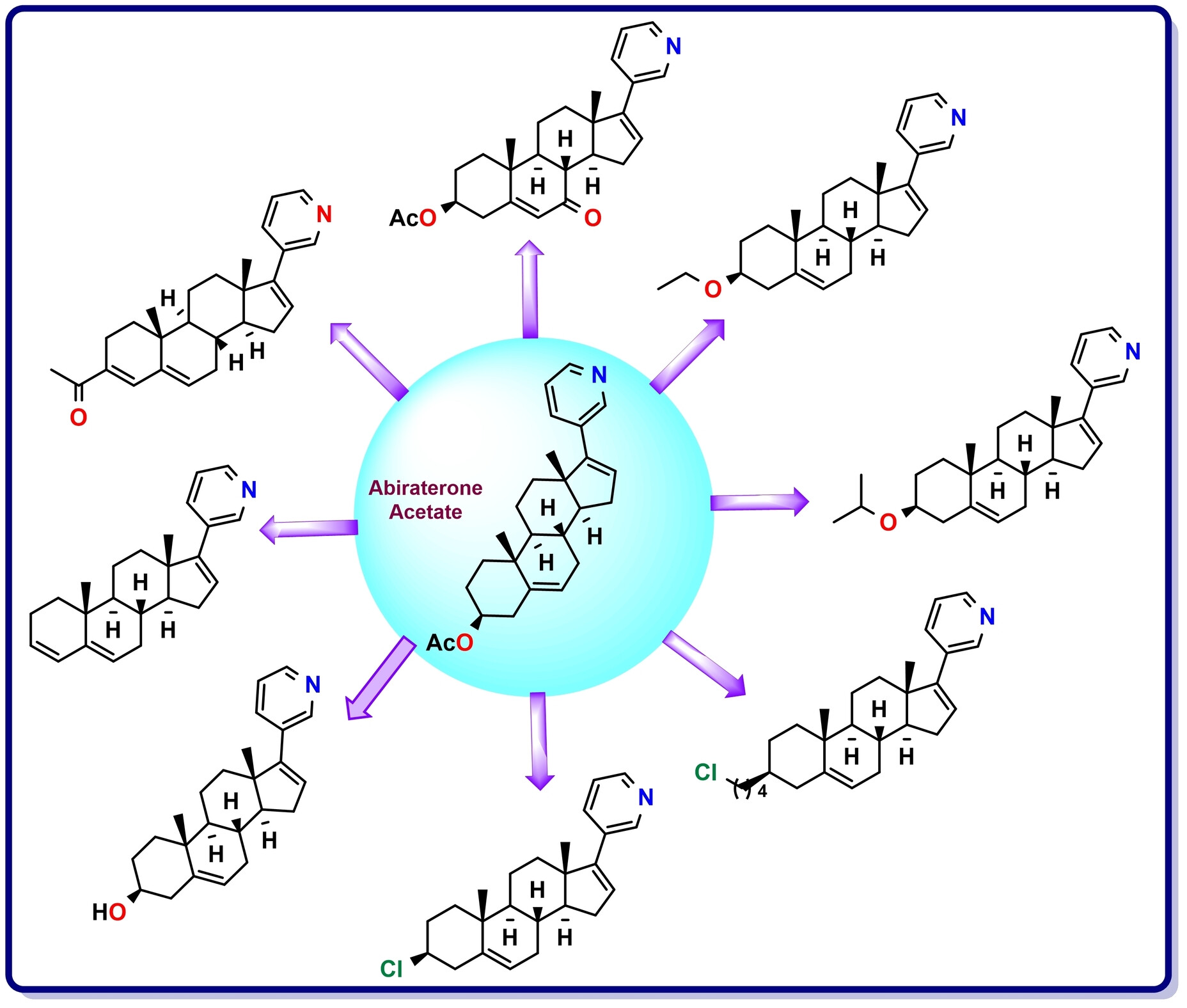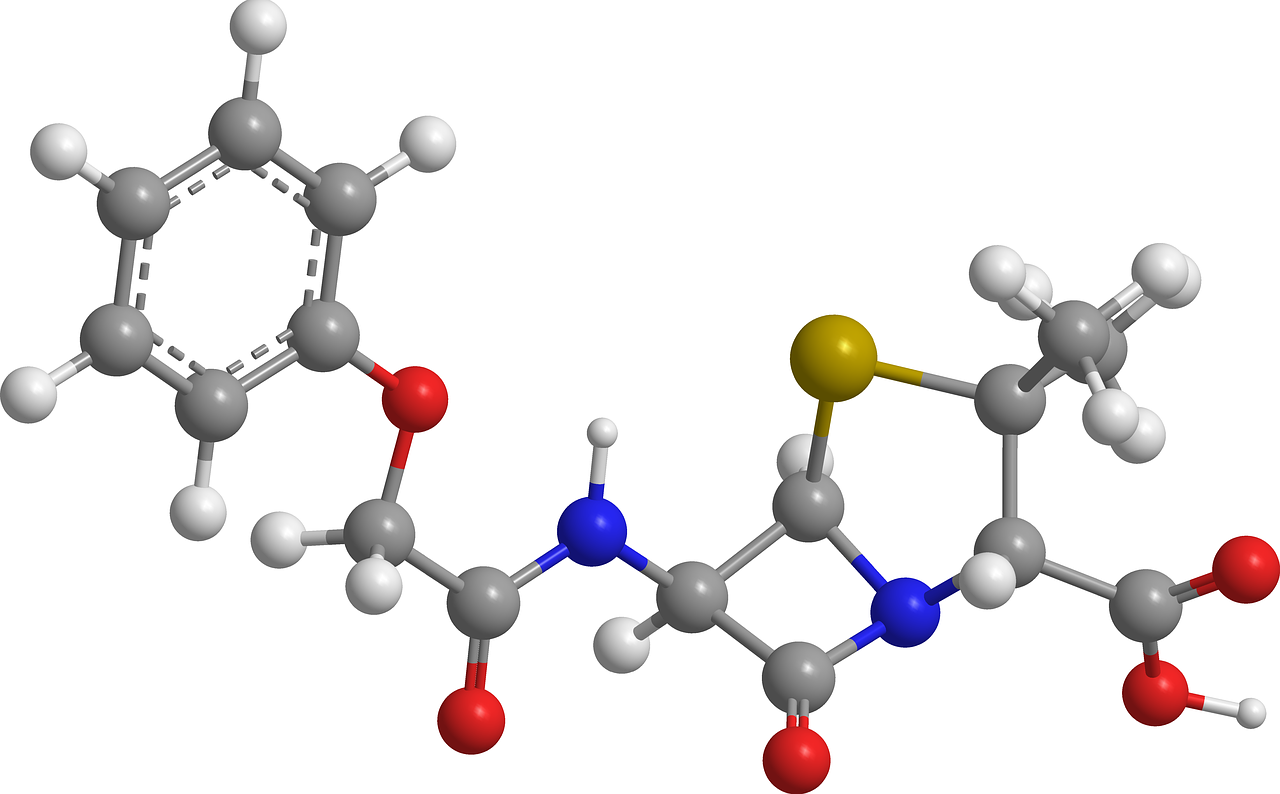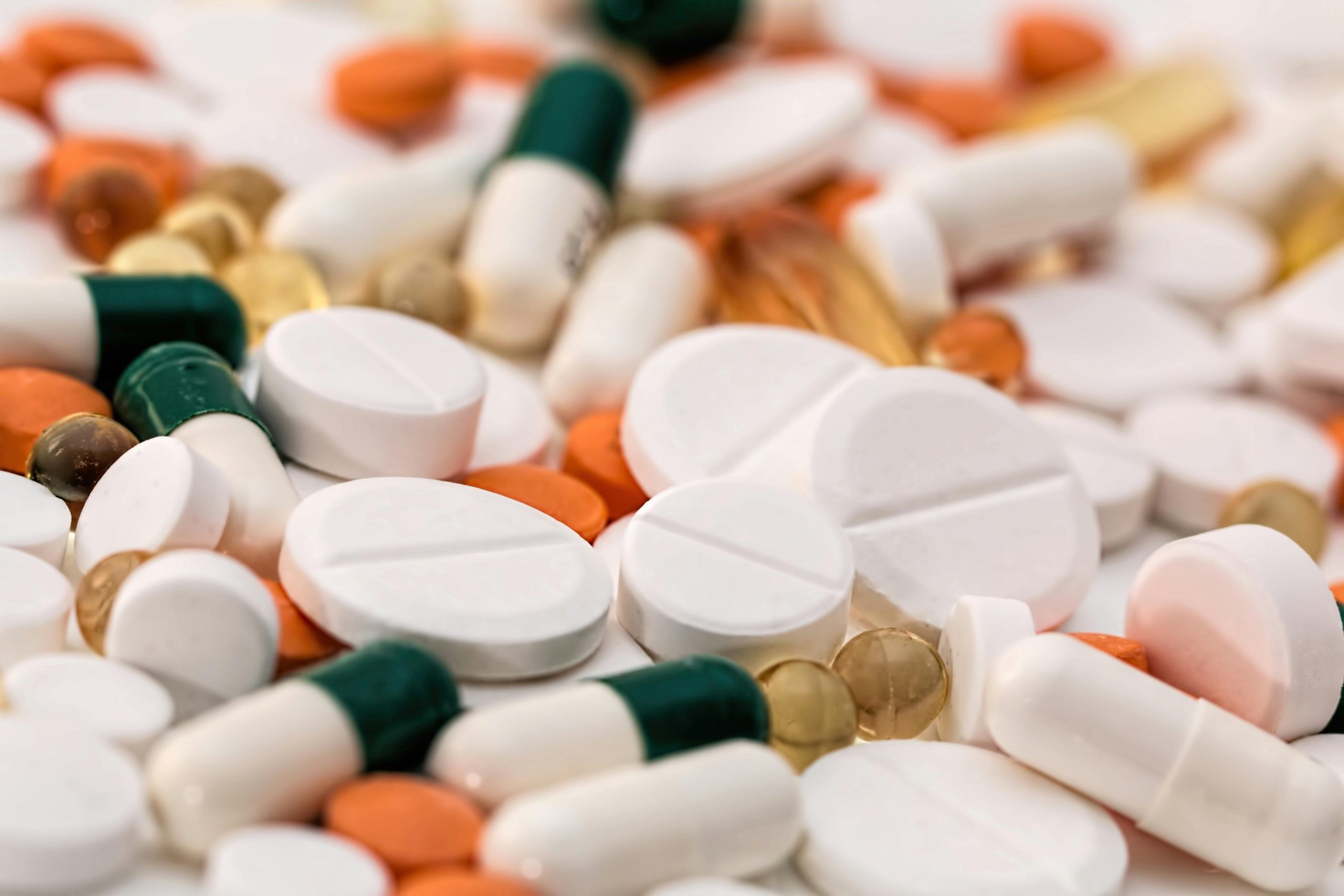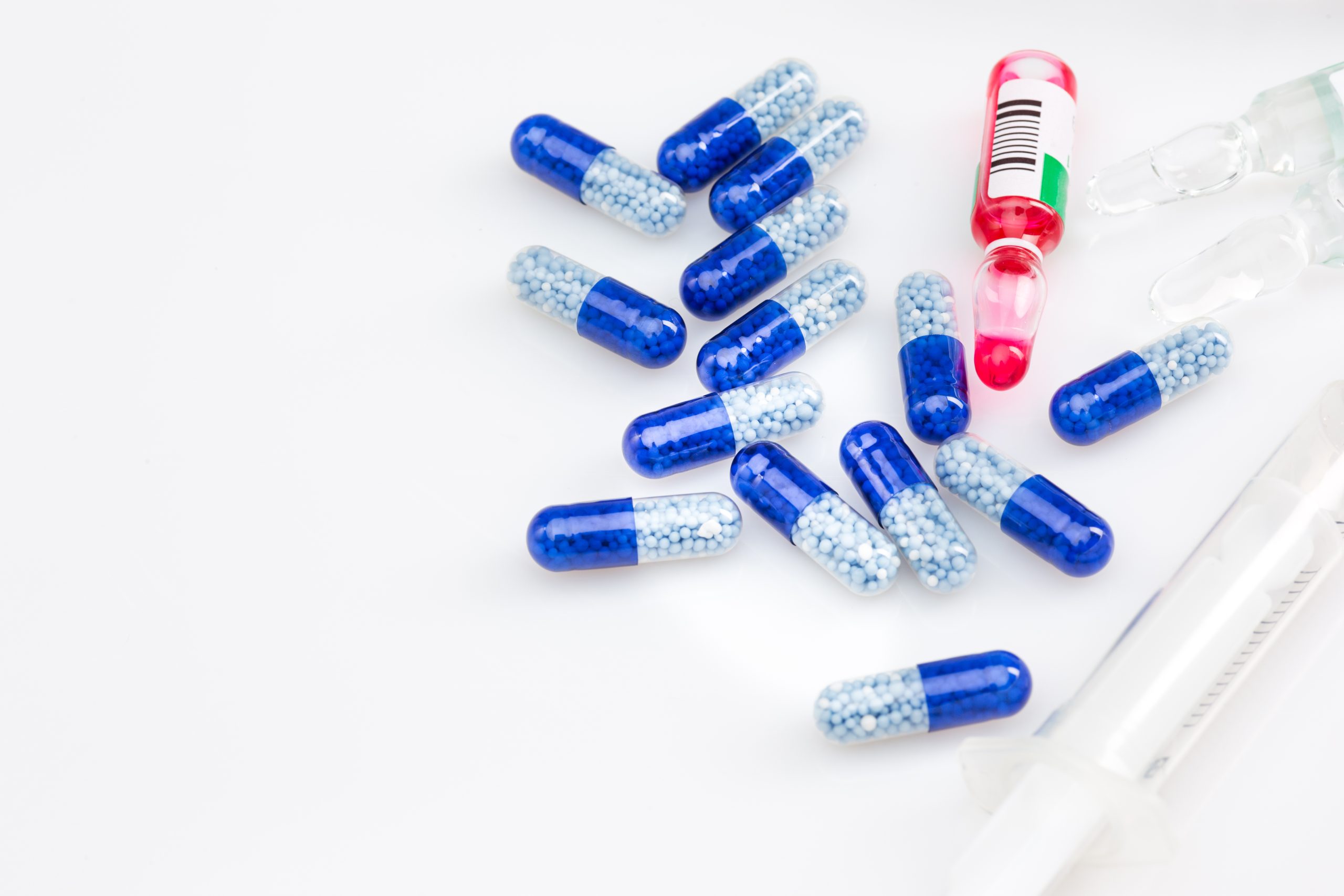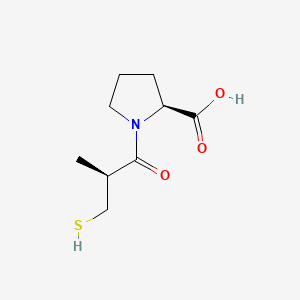
Captopril, an angiotensin-converting enzyme (ACE) inhibitor, is widely used in the treatment of hypertension and heart failure. Governments worldwide continue to procure Captopril to support public health programs and ensure affordable access to essential cardiovascular medications. This report provides an in-depth analysis of Captopril procurement in 2024, including total spending, top procuring countries, key buyers, and funding agencies.
Uses of Captopril
Captopril is primarily used for:
- Hypertension Management – Lowers blood pressure by relaxing blood vessels, reducing the risk of heart attacks, strokes, and kidney issues.
- Heart Failure Treatment – Eases heart strain, improves blood flow, reduces fluid buildup, and prevents complications.
- Diabetic Nephropathy – Protects kidneys in diabetes by reducing pressure in kidney blood vessels, slowing disease progression.
Total Government Spending in 2024
In 2024, governments spent around $1.8 billion on Captopril, a 7% increase from 2023, showing a growing focus on essential medicines.
Key Reasons for Growth:
- Expanded Healthcare Programs – More developing countries improved their healthcare systems, increasing access to essential medicines like Captopril.
- More Cases of Hypertension & Heart Disease – Rising due to aging populations, unhealthy diets, and sedentary lifestyles, driving higher medication demand.
- Government Focus on Affordable Medicine – Policies such as subsidies and bulk purchases have led to increased spending on Captopril.
Top Procuring Countries
The highest pharmaceutical procurement levels were recorded across key global markets:
- United States – $500 million, driven by Medicare and Medicaid programs, high spending on specialty drugs, and patented medications.
- China – $400 million, fueled by national health initiatives, bulk-buying programs, and price negotiations.
- India – $250 million, reliant on affordable generic medicines, supported by government schemes like PMBJP to expand access.
- Brazil – $200 million, with growing government-subsidized medicine programs such as Farmácia Popular.
Top Procuring Regions
- North America – Market leader due to strong healthcare policies, Medicare/Medicaid, high drug spending, and strict regulations.
- Europe – $450M market, supported by universal healthcare, cost-effective procurement, and strict regulations.
- Asia-Pacific – Fast-growing due to generics demand, expanding manufacturing, and rising middle-class healthcare needs.
- Latin America & Africa – $250M market, growing via affordability initiatives, local production, and better healthcare access.
Key Buyers
In 2024, global health agencies made significant investments in Captopril, reinforcing their commitment to cardiovascular health:
- U.S. Department of Health & Human Services (HHS) – $400M to strengthen federal healthcare programs.
- Chinese National Health Commission – $350M under the Healthy China 2030 initiative.
- Indian Ministry of Health – $200M enhancing affordability through Jan Aushadhi Kendras and Ayushman Bharat.
- European Medicines Agency (EMA) Partnerships – $250M supporting national healthcare systems across the EU.
Funding Agencies
Several funding organizations are improving access to Captopril worldwide:
- World Health Organization (WHO) – $150M dedicated to low-income countries, expanding Captopril access.
- Global Fund for Cardiovascular Health – $250M investment securing better pricing and widespread distribution.
- Government-Sponsored Health Insurance Programs – Covering over 70% of purchases, ensuring affordability and supply stability.
Trends in Captopril Procurement (2023 vs. 2024)
- Bulk Purchasing Agreements Lower Costs – Governments negotiate large-scale deals to ensure affordability and stable supply.
- Local Manufacturing for Affordable Medications – Reducing import dependency, cutting costs, and increasing accessibility.
- Government Focus on Cardiovascular Disease Prevention – Policies emphasize awareness campaigns, regular screenings, and medication subsidies.
Key Suppliers
- Bristol-Myers Squibb – A top global supplier with strong distribution in regulated markets.
- Teva Pharmaceuticals, Mylan (Viatris), Sun Pharma – Major generic manufacturers ensuring affordability.
- Local Firms in Asia & Latin America – Growing market share due to lower costs and government support.
Conclusion
Captopril remains a cornerstone in public health procurement for cardiovascular disease management. Government spending continues to grow, reflecting a commitment to tackling hypertension and heart-related illnesses. The role of funding agencies, biosimilars, and bulk purchasing agreements is expected to further shape the market, ensuring broader access to this essential medication.
#Captopril #PharmaceuticalProcurement #GovernmentSpending #Globaltenders #Healthcare #Hypertension #HeartHealth #PublicHealth #AffordableMedicine
